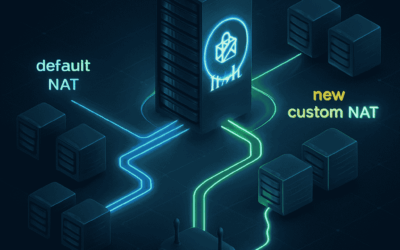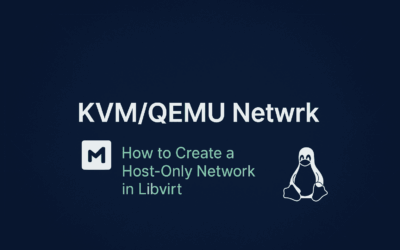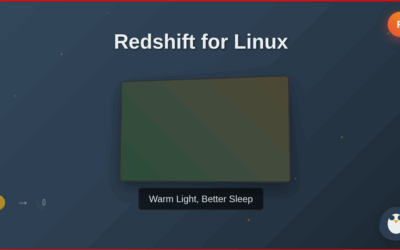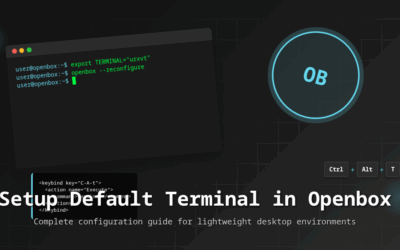Creating an Isolated Internal Network for Virtual Machines 💻 Virtualization offers powerful tools for creating isolated environments. This post will walk you through setting up a custom internal network that's completely cut off from the host operating system (OS) and...
Sandbox99 Chronicles
From My Sandbox to Yours — Practical IT Insights.
libvirt Networking: Beyond the Default NAT
Introduction Just as VirtualBox automatically sets up a default NAT network for its virtual machines, libvirt also provides a default NAT network out of the box, allowing your VMs to access the internet. However, libvirt offers far more flexibility. We can create...
How to Create a Host-Only Network in Libvirt
Introduction Virtualization is a powerful tool, but configuring the network to meet your specific needs can sometimes be a challenge. If you've ever used VirtualBox, you're likely familiar with the "Host-only" network—a private, isolated environment where your virtual...
Reduce Eye Strain on Linux: Complete Redshift Configuration Guide
Introduction Do you find yourself working late into the night, only to realize your screen's harsh blue light has been keeping you wide awake? You're not alone. The blue light emitted by computer screens can disrupt your circadian rhythm and make it harder to fall...
Setting Up Your Default Terminal in Openbox: A Complete Guide
Introduction If you're running Openbox as your window manager, you've likely chosen it for its lightweight nature and extensive customization options. One of the first things you'll want to configure is quick and easy access to your terminal emulator. Whether you're a...
Conky: My Decade-Long Desktop Sentinel
Introduction Ten years ago, I stumbled upon something that genuinely blew my mind. It was Conky, running on my Linux desktop, and I was absolutely amazed. Imagine a real-time dashboard of your system's resources, seamlessly integrated into your wallpaper, updating...






